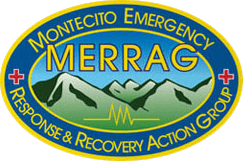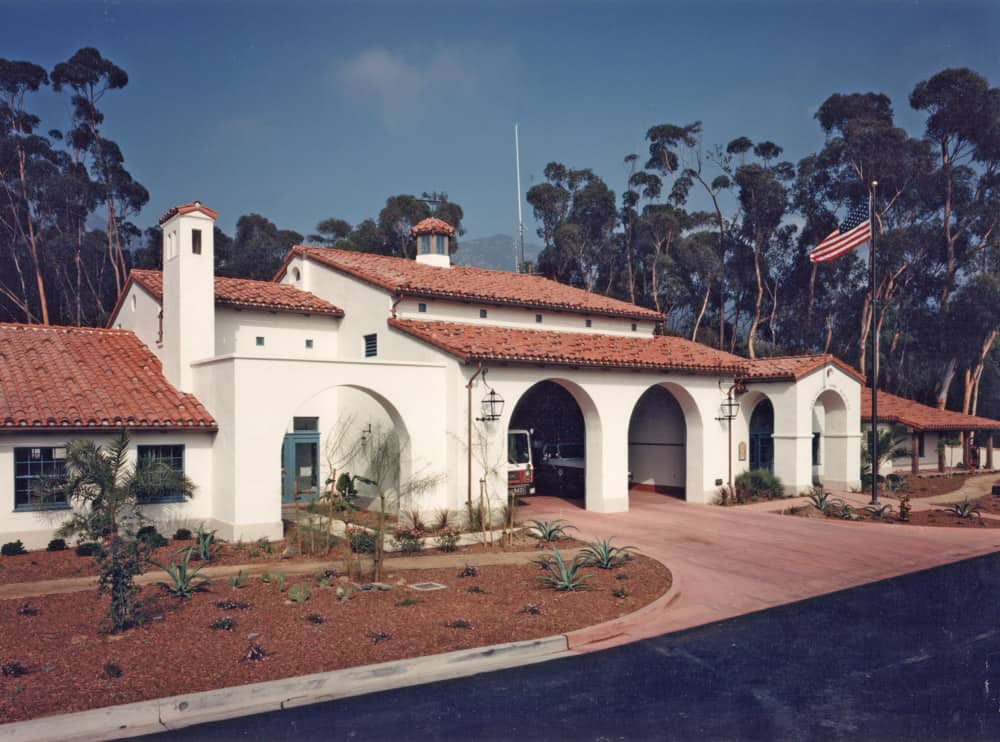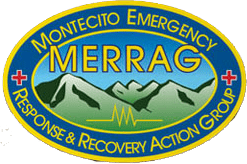Each Month we will list one simple thing you can do to be better prepared for Disaster. This month we’d like you to focus on Unique Family Needs.
The following information is provided by http://do1thing.com/ The mission of Do 1 Thing is to move individuals, families, businesses and communities to prepare for all hazards and become disaster resilient.
THE GOAL: Be aware of and prepare for your family’s unique needs.
Every household is different. Is there an infant or young child in your home? Does someone in your family have a medical condition that requires medication? Do you have a pet? Before disaster strikes, talk to your family about your household’s unique needs. Make a list of special items you may need in a disaster.
Talk with family members to identify your household’s unique needs.
What kinds of things can members of your household not be without for 72 hours? Here are some examples of things that can create unique needs for your family:
- Infants and young children
- Prescription medication (keep a three day supply with you)
- Health-related supplies (For example, diabetics need insulin syringes, alcohol wipes,
and glucometer supplies) - Assistive devices (glasses, canes, etc.)
- Pets
When you are in a hurry, it is easy to overlook small and important items. Common items like diapers and pet food might not be easy to find right after a disaster. Trying new brands of food or formula, or not having a comfort item, can make disasters more stressful for both children and pets.
Talk to your kids about what to do in a fire, a medical emergency, or a disaster. Make sure they know where emergency supplies are kept, how (and when) to call 911, and who to call if they can’t reach you in an emergency.
Make a plan to make sure pets are taken care of in a disaster.
A disaster may happen while you are away from home. Your neighborhood may be evacuated, or you could be trapped somewhere else and unable to get home. Consider asking a trusted neighbor to check on your pets if you can’t get home because of a disaster or emergency. You may also ask them to take your pets with them if an evacuation is ordered while you are not home. Make sure they are comfortable with your pet, and that they know where to find leashes and other supplies.
If you or someone in your household has a disability, create an evacuation plan that works for them.
People with disabilities are more affected by disaster than others in the community. Accessible services might not be available. Hazards like wildfire, floods, and hurricanes can lead to evacuations. If you have a disability and you live in an area where these things can happen, make sure you have an evacuation plan:
Make sure you are signed up for any emergency notification systems your community offers. Some notification systems will only call landline phones. If you use a cell phone, you may have to sign up separately.
Paratransit services may not be available once a disaster happens. Talk to your paratransit provider now to find out what services they can provide when evacuation is ordered.
If paratransit services aren’t available, arrange for someone else to pick you up if an evacuation is ordered. Make sure they will come for you UNLESS you tell them not to. That way there won’t be any confusion when the time comes. If you can’t evacuate, call 911 to let them know your location.
Talk to your local Red Cross chapter or other organizations who provide emergency sheltering in your community. Make sure that your needs can be met in an emergency shelter. Think about accessible entrances and bathrooms. What methods of communicating with shelter staff, medical services or assistive devices will you need? If you have a service animal, talk to them about what they can provide for the animal. Find out what you need to bring with you. Make sure you have batteries or a charger for any assistive devices in your emergency kit.



